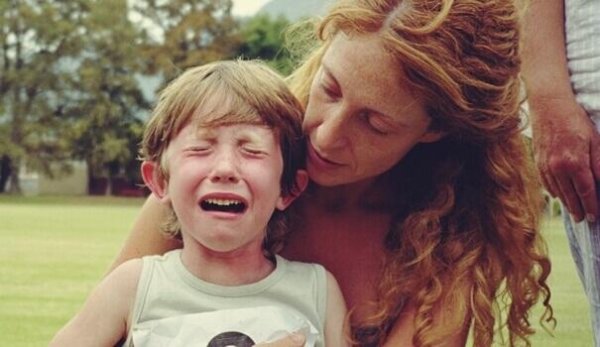First Aid for Children

A lot of people know first aid. Some people have taken classes, and others have had to learn it on their own. But in most cases, we only learn how to apply it to adults. People don’t generally teach you how to apply first aid to children and babies. The problem with that is that there are some important differences you have to be aware of.
Our bodies change a lot as we go from childhood to adolescence to adulthood. This physiological difference is one of the main reasons why first aid isn’t the same for children as it is for adults. But there are also differences in the first aid you apply to newborns, infants, and young children.
In this article, we’re going to show you some of the main things you need to know if you ever find yourself in a first aid situation with a child.

First aid for children: The important things to know
There are many first aid techniques because there are many different types of accidents and injuries. In this article, we’re going to go through a list of the most common accidents in children and how to treat them.
Most small children are at a stage where they want to explore, so it can be hard to keep track of them all the time. This is also a big reason why they get hurt so often.
1. Cuts
They mostly result from handling sharp objects such as knives and broken glass. If a child cuts themselves, the first step is to see if it’s a clean cut. For example, if it was broken glass, some pieces might still be inside the wound.
The next step is to clean the wound before you put on any kind of antiseptic. Not cleaning the wound beforehand makes them less effective. Water and soap are usually enough.
If the cut isn’t too deep, you should let it breathe and not cover it up. You’ll want to wash it every so often, though, so that it scars properly. If it’s a deep cut, you should take your child to the doctor so that they can put stitches in. If it’s kind of in the middle, a Band-Aid should be enough to protect it and keep it from bothering your little one.
2. Nosebleeds
Nosebleeds don’t suggest any kind of serious condition. They’re often a result of sneezing, allergies, or a surge in blood pressure. Children’s blood vessels are much weaker than adults’. This means the vessels in their noses and ears are much more likely to burst.
The important thing when this happens is to ask the child to tilt their head forward. That’s the opposite of what you usually do, but it actually ensures that the blood flows only from their nose. They need to stay like that while you put pressure on their septum. Be firm, but only on the soft part of their nose to avoid further injury.
3. Burns
Burns mostly happen in the kitchen. For example, a child could touch hot surfaces such as pots, pans, the oven, or the stovetop. If this happens, the first thing you need to do is evaluate the burn. Some need immediate medical attention, but most aren’t too serious. Still, no matter how severe, you need to treat a burn right away.
First, run warm water over the burn for at least twenty seconds. Then, let it breathe. You shouldn’t apply any ointments or pop any blisters if they appear. You’ll eventually use an ointment, but only after the burn is close to healing.
If it’s a serious burn, you should take the child straight to the hospital.

4. Choking
Choking can be really scary, and it’s a situation that requires you to act especially fast. It means the child can’t breathe properly. It can be a big help to teach children (if they’re old enough) some gestures they should make if they realize that they’re choking and can’t speak.
If you see that a child can’t breathe, pay attention to whether they’re coughing, crying, or gurgling. In any of those cases, air is making it through their throat. It’s a dangerous situation, but not as life-threatening as choking.
On the other hand, if no air is coming through, you need to immediately call the paramedics. While you wait, you should take the child by the armpits and hit them five times on the highest part of the back. If that doesn’t work, you should move on to the Heimlich maneuver.
Conclusion
The most important thing regarding first aid for children is to always evaluate the situation. You need to make a snap decision on whether or not to go to the hospital. There are things that you have the skill and knowledge to deal with on your own. If you feel like you can handle a situation by yourself, it could save everyone the extra anxiety.
But if the child’s life is in danger, don’t hesitate: call an ambulance or rush to the hospital. Even if you’re an expert in first aid for children, it’s never a bad idea to request professional help.
This text is provided for informational purposes only and does not replace consultation with a professional. If in doubt, consult your specialist.








